Address
304 North Cardinal St.
Dorchester Center, MA 02124
Work Hours
Monday to Friday: 7AM - 7PM
Weekend: 10AM - 5PM
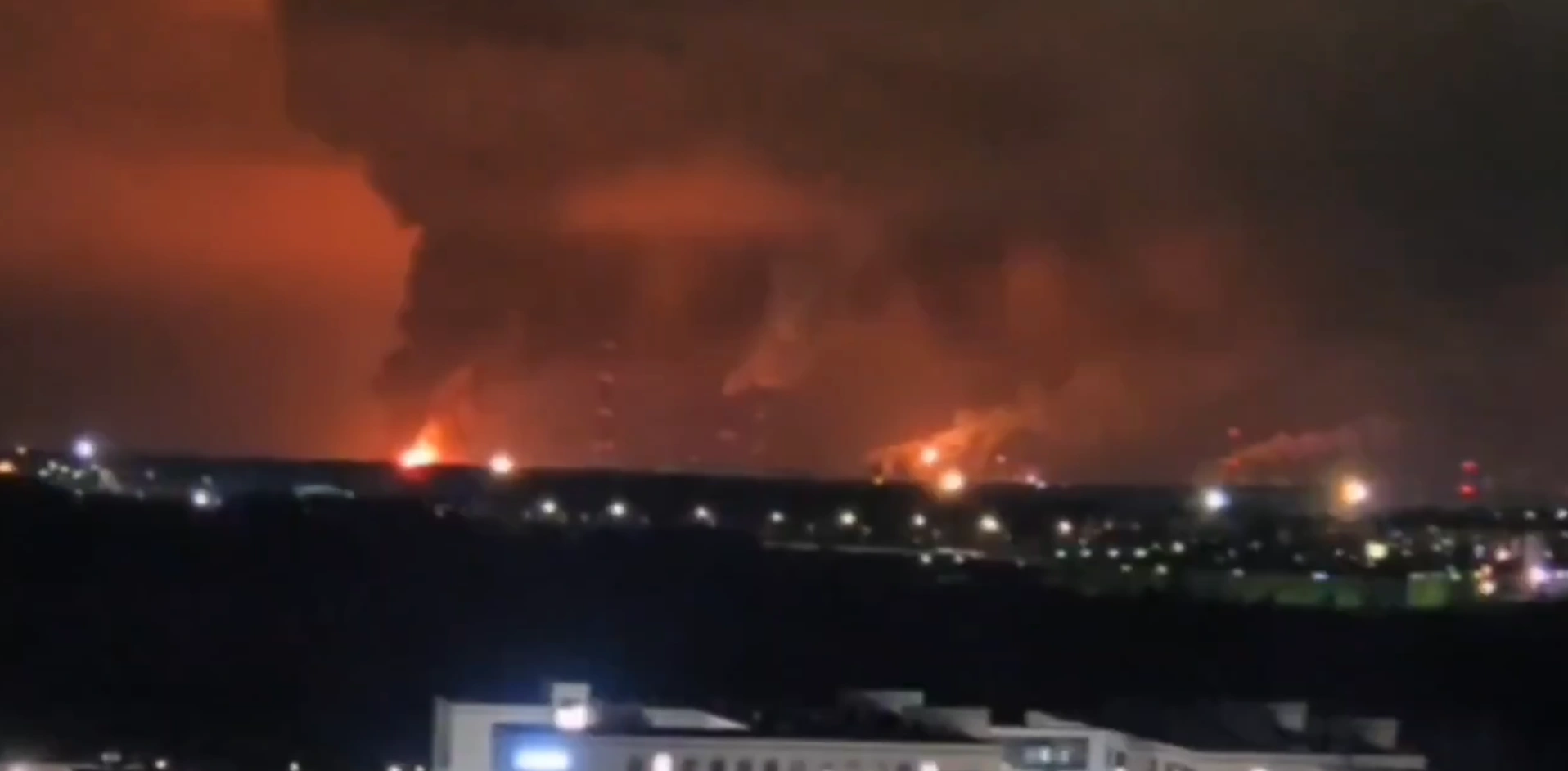
In the early hours of January 23, 2025, multiple Ukrainian drones reportedly struck the Ryazan Oil Refinery, located approximately 190 kilometers southeast of Moscow. The attack, which resulted in significant fires and explosions at one of Russia’s major oil processing facilities, marks another escalation in Ukraine’s deep-strike capability and strategy against Russian infrastructure. This analysis examines the tactical execution, strategic significance, and potential long-term implications of this strike in relation to the War in Ukraine.
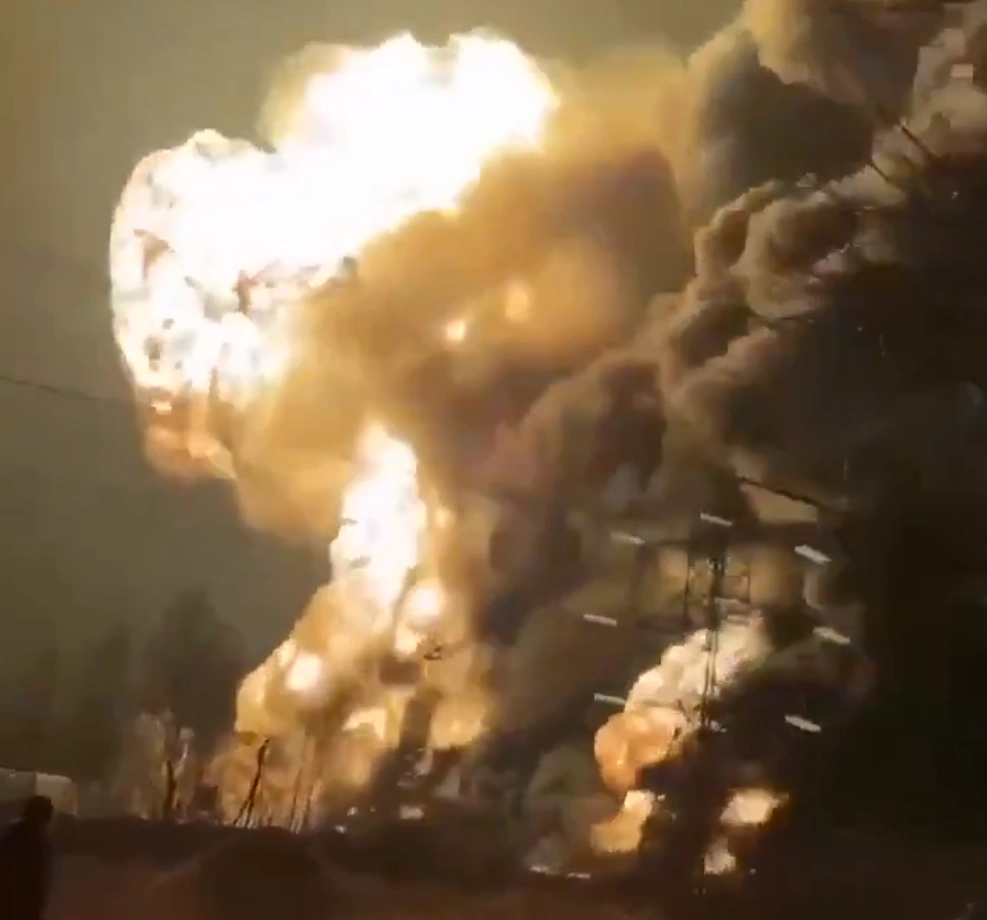
The Ryazan Oil Refinery represents a high-value economic and industrial target. As one of Russia’s largest refineries, it plays a crucial role in:
The facility’s location, relatively close to Moscow, makes this attack particularly significant from both operational and psychological perspectives.
Based on available social media reports and visual evidence, the attack appears to have involved:
The reported simultaneous strike on the nearby Diagilevo military airfield suggests careful operational planning to divide air defense resources and maximize strategic effect.
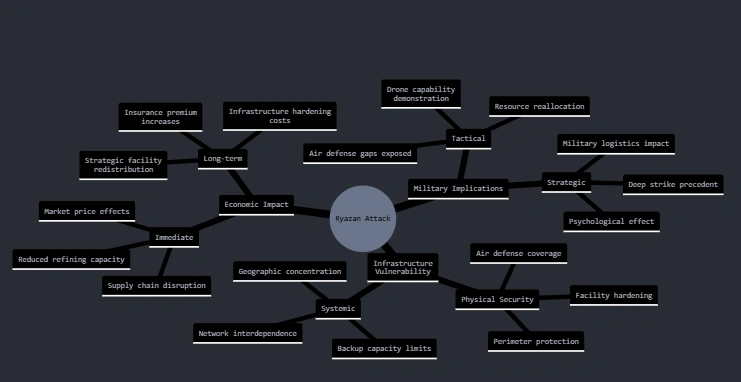
The successful execution of this strike reveals several important technical capabilities:
The attack highlights continuing vulnerabilities in Russian air defense architecture:
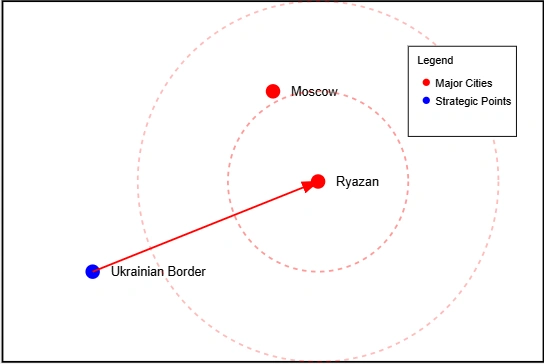
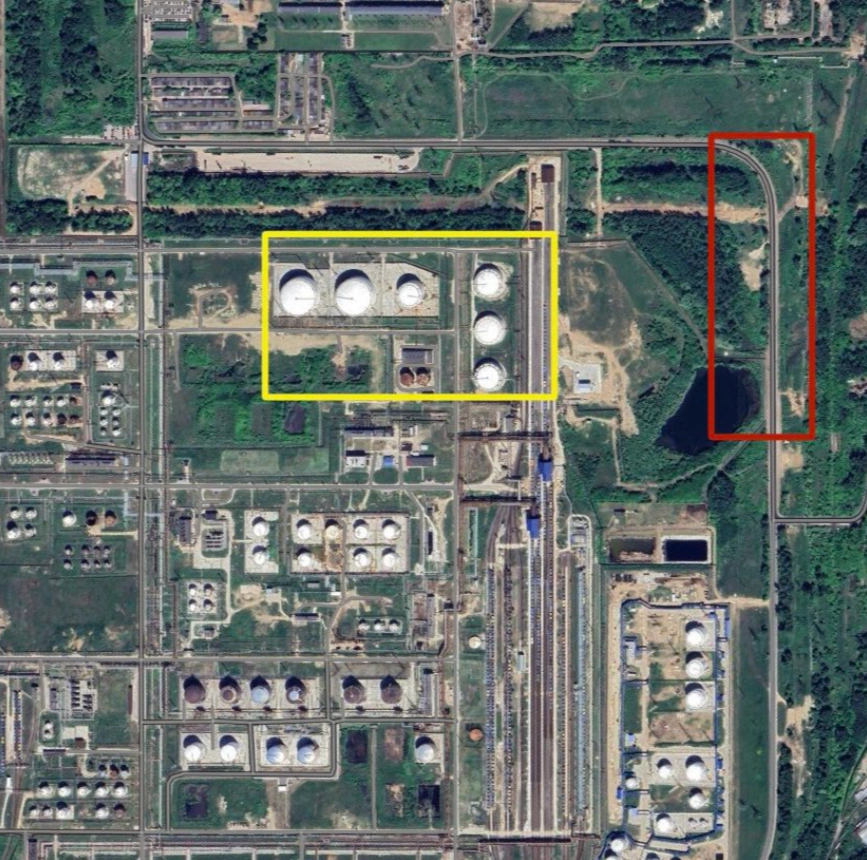
The strike carries significant military implications:
This attack represents a continuation and possible escalation of Ukraine’s strategy to:
The successful strike exposes several strategic vulnerabilities:
This attack will likely influence future military planning and development:
Long-term economic consequences may include:
The strike may have lasting diplomatic effects:
Several possible escalation pathways emerge:
Both sides will likely adjust their approaches:
The Ryazan Oil Refinery attack represents a significant evolution in the ongoing conflict. It demonstrates the growing capability of autonomous systems to influence strategic outcomes and highlights the vulnerability of traditional infrastructure to new forms of warfare. The incident will likely accelerate changes in military doctrine, infrastructure protection, and strategic planning on both sides.
As this conflict continues to evolve, the role of deep-strike drone capabilities in modern warfare appears set to grow, with implications extending far beyond the current conflict. The successful penetration of Russian air defenses and the strategic effect achieved suggest that similar attacks may become an increasingly common feature of future conflicts.
This analysis is based on open-source intelligence (OSINT) from various social media platforms, news reports, and historical context. As with all OSINT analysis of recent events, details may evolve as more information becomes available. All times, dates, and specific tactical details should be considered preliminary and subject to revision.